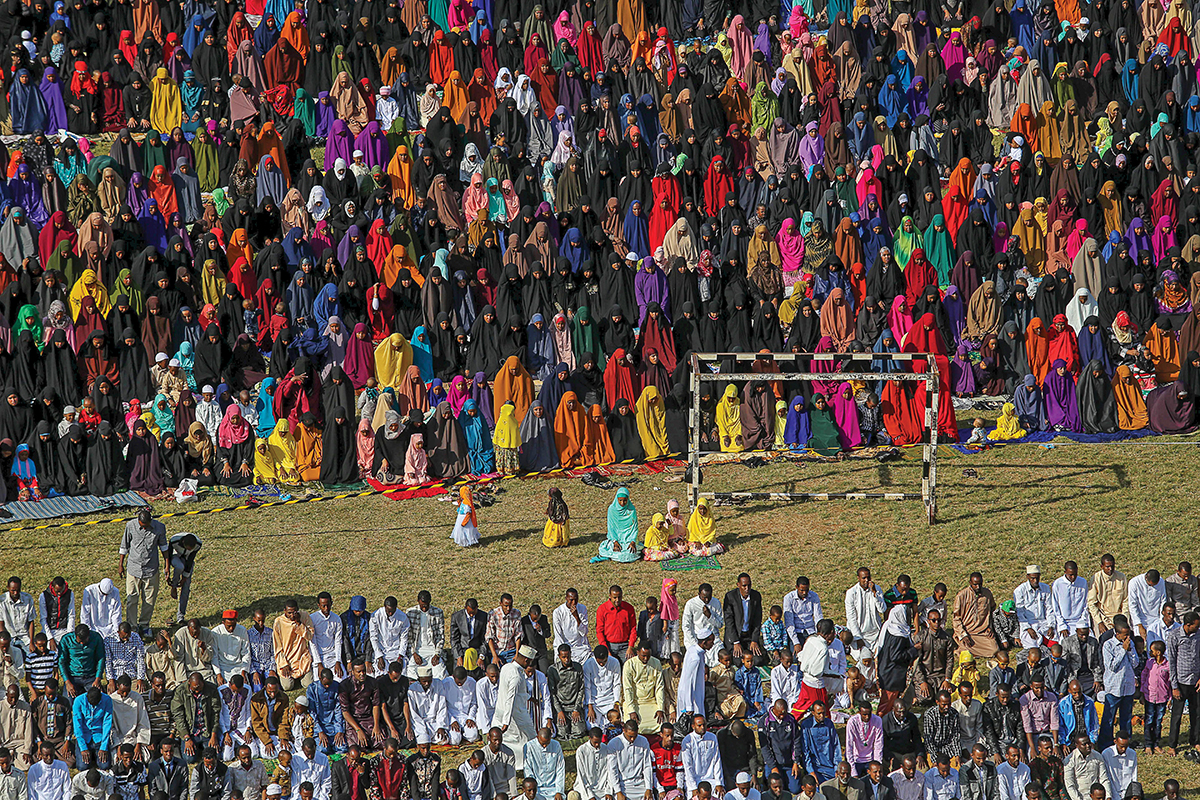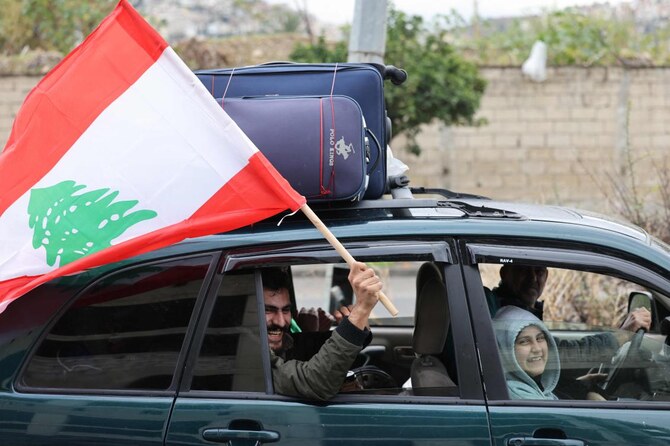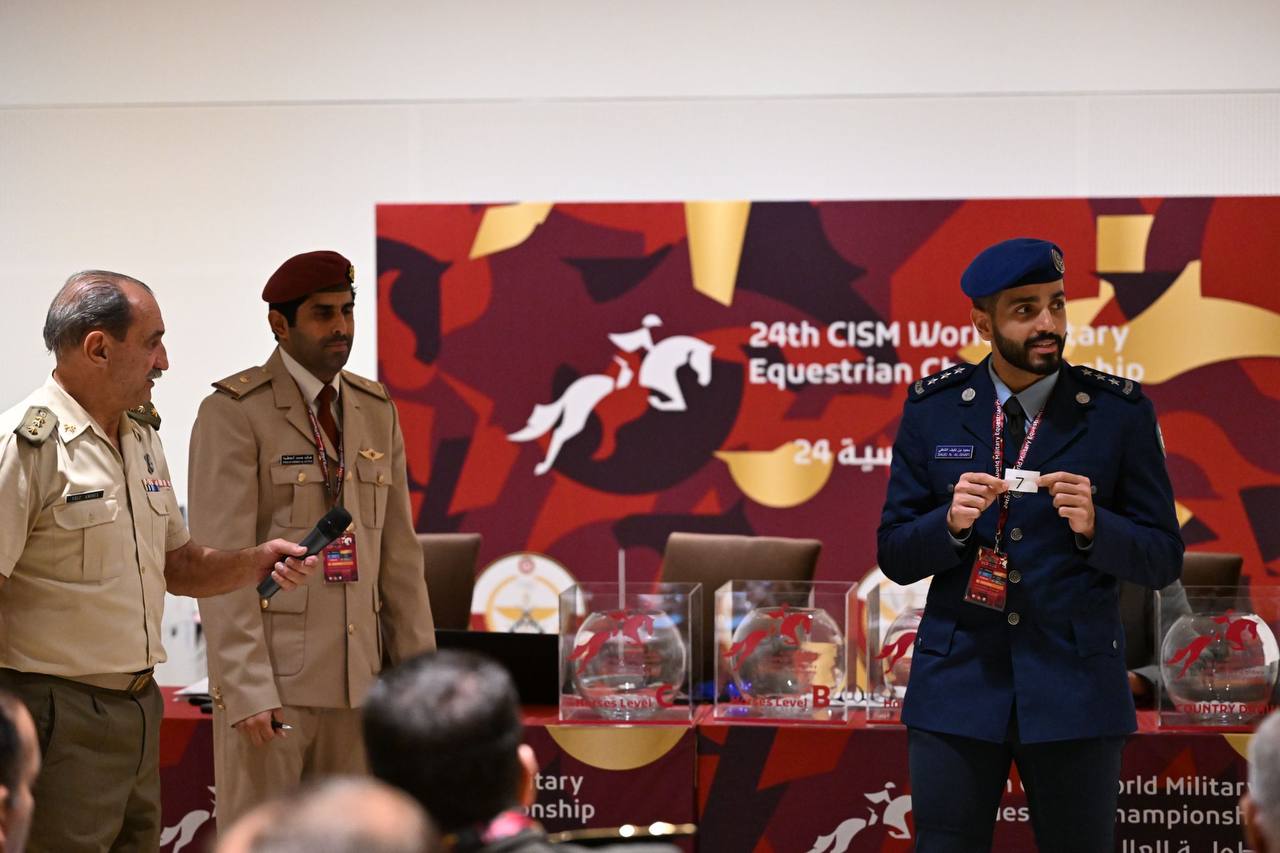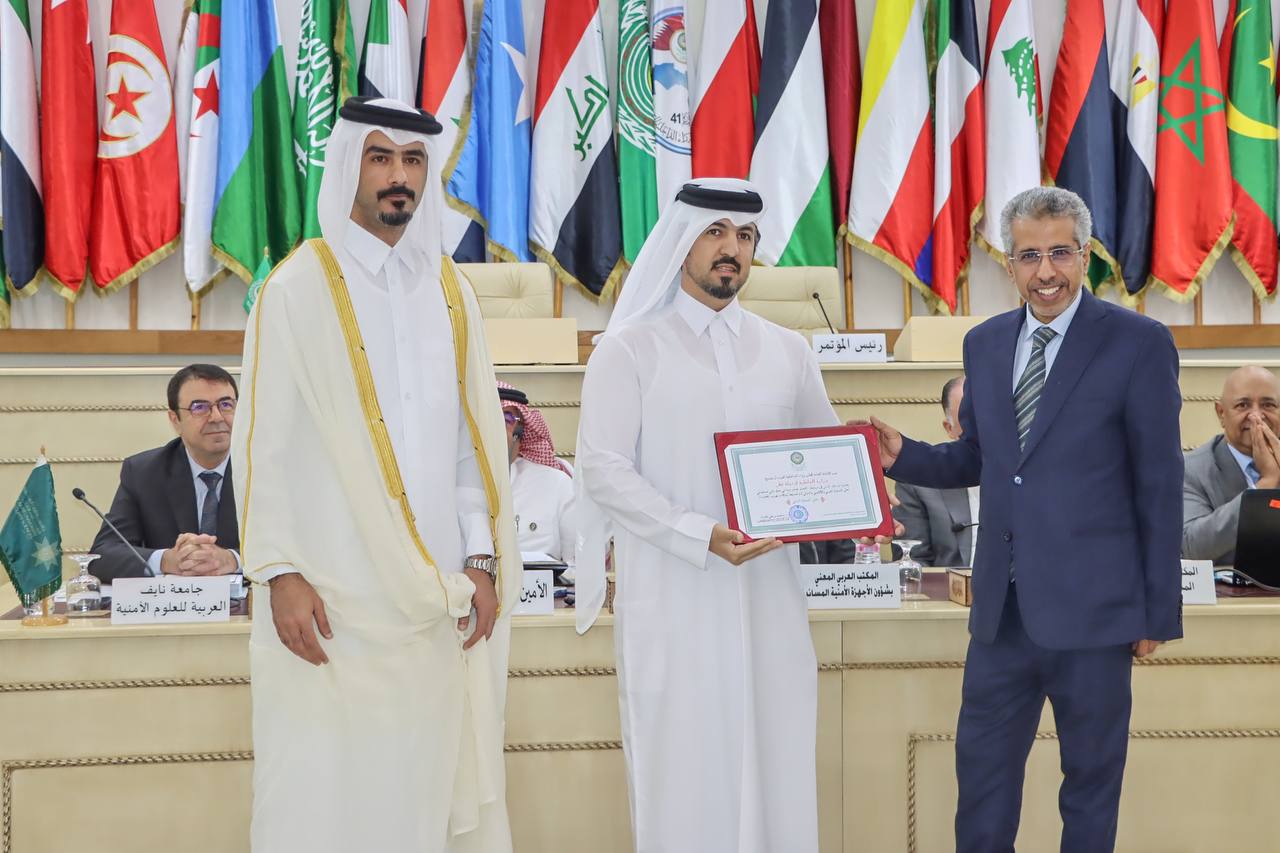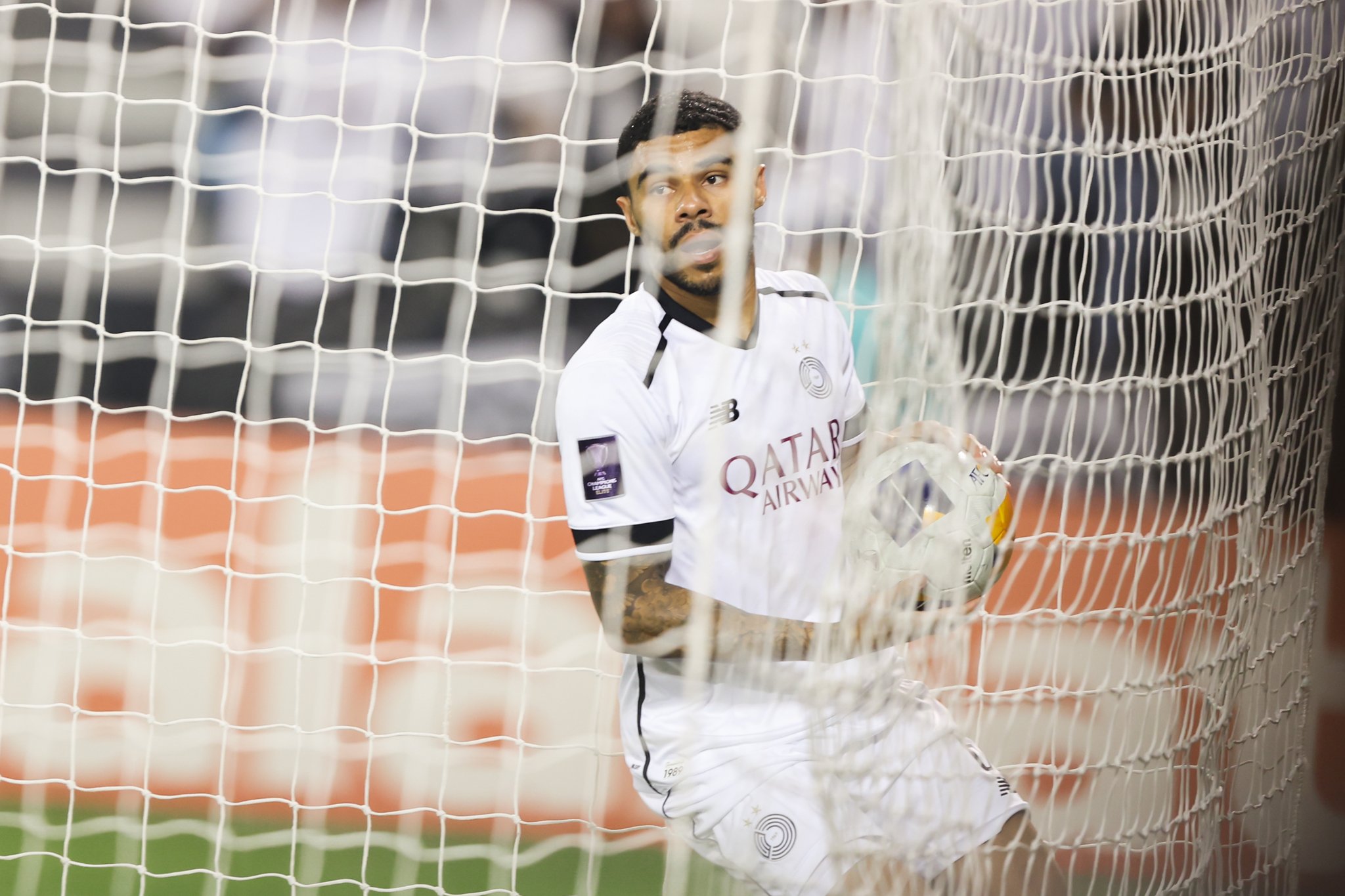Looking into countries across the different continents, Doha News sheds light on some of the unique traditions upheld by a number of communities.
Eid al-Fitr, literally translated to ‘festival of breaking the fast’, marks the end of the holy month of Ramadan for Muslims around the world. It is considered an event of celebration and joy, with Muslims signifying it through prayers and supplication.
Eid officially begins when the first sighting of the new moon is witnessed. Thousands of worshipers gather in mosques and prayer spaces around the world on the morning of Eid al-Fitr.
Considered a national holiday in Islamic countries, the celebration always takes place during the tenth month of the Islamic calendar, called ‘Shawwal‘.
During Eid, it is common for people to dress in new clothes as it is considered a sunnah (a tradition of the prophet Muhammed PBUH) to wear something new.
A common Eid tradition in various cultures is the handing out of the Eediyah (عيدية), which is a gift in a financial form, given to children by older relatives or family friends.
Amongst other common Islamic traditions are conducting the Eid prayer and visiting family members.
Muslims celebrate the holiday through a series of activities and corresponding traditions, rendering each community unique whilst simultaneously uniting more than two billion people around the world.
Eid in Qatar
Some of the traditions observed during this Islamic event loosely include families congregating the Salat al-Eid (which translates to Eid prayers), taking place shortly after the Fajr prayer, following an all-nighter from the previous night. A breakfast feast then takes place after the Eid prayer, gathering all the members of the family.
The ‘dhabiha’ (ذبيحة), a traditional dish which simply means the Halal method of slaughtering an animal, is usually served at the lunch table in Qatari households.
The delicious lunch is then followed by a nap, done in an attempt to fix the sleeping pattern shifted by the late night prayers held during Ramadan. The power nap is needed as the night then is for a series of family visits, starting with visiting the most senior relatives.
Eid in Palestine
Served at every Palestinian table, is a plate of ‘Ma’amoul’, which is a homemade cookie filled with either dates, nuts, or dried fruits. For breakfast, a Palestinian and Jordanian dish called ‘Sajiyeh’, a meat dish cooked in a saj (wok) pan, is available during the first day of Eid.
The morning is then followed by a must-tradition of serving the staple Palestinian dish of ‘Mansaf’ at the lunch table. It is made of lamb cooked in a sauce of fermented dried yogurt and served with rice.
Tainting the joy accompanying this holy feast, the violence faced by Palestinians perpetuated by Israeli settlers does not stop the people of the land from celebrating Eid.
In May 2021, Palestinians embarked on the Eid festivities as the Gaza Strip echoed the sound of explosions and airstrikes.
Fear overshadowed the usually-filled streets of Gaza during Eid.
“This Eid is different. [It] comes with bombing, fear and horror,” said 44-year-old Fahd Ramadan as he headed home in Khan Younis refugee camp, southern Gaza, after a heavy night of Israeli airstrikes amid the 11-day offensive.
“Eid preparations came to a halt on the largely empty streets as shops downed shutters and people stayed indoors,” reports stated at the time.
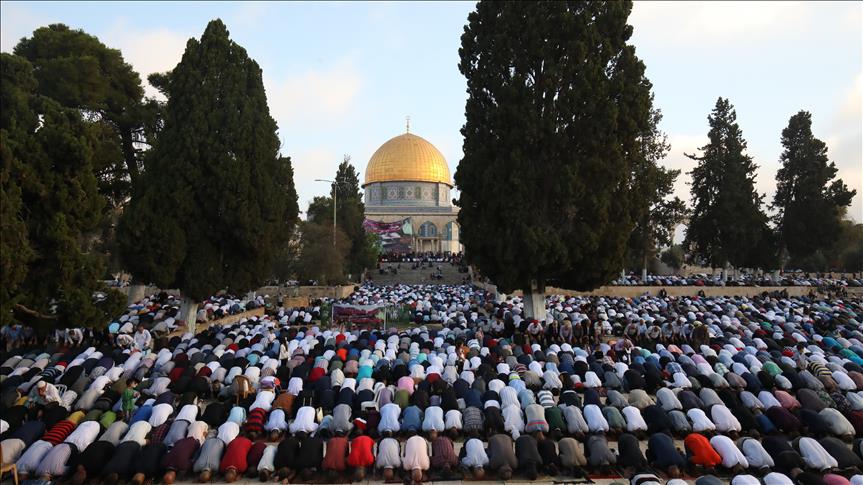
Palestinians nevertheless insist on holding Eid prayers despite Israel’s attempts of intimidation, as they stand shoulder to shoulder and commence the Salat al-Eid.
Eid in Iran
One of the notable traditions witnessed in Iran is the joint efforts of both citizens and the clergy in cleaning mosques throughout different neighbourhoods during the last days of Ramadan, to mark the onset of Eid al-Fitr.
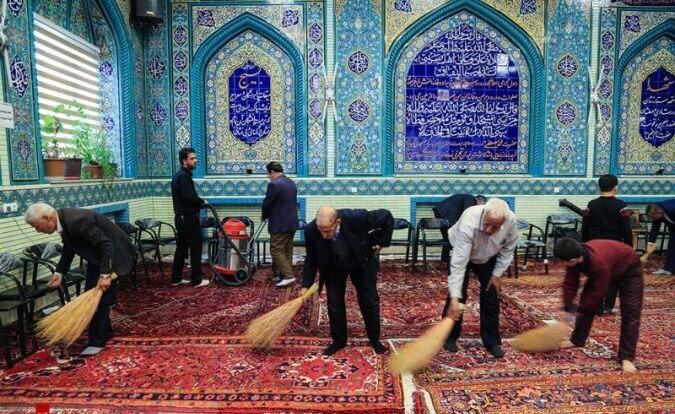
The designated Eid holiday however is observed for just two days.
For Eid breakfast, many Iranians place the ‘Ash Reshte‘ at their tables. The dish is a thick Iranian soup with ‘kashk’ (translating to liquid whey).
Eid in Singapore
Eid celebrations in Singapore’s oldest Malay settlements sees the explosion of colours lighting up the Geylang Serai area in a major display, every year. It has been the centre of Eid al-Fitr festivities for Muslims living in Singapore.
As of 2020 statistics, 14% of Singapore’s 5.8 million population are Muslims.
Eid in Kenya
In Mombasa, a coastal city in southeastern Kenya, Muslims signify the last few days of Ramadan (locally known as ‘Kumi la mwisho’) with street festivals and social events. On Eid, Kenyan storytellers wander around the streets in an attempt to entertain children with folktales.
According to a 2019 census, Kenya houses over a total of 47.2 million persons, 11% of which are Muslims.

